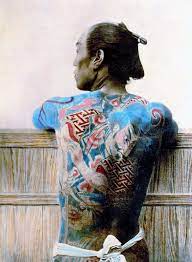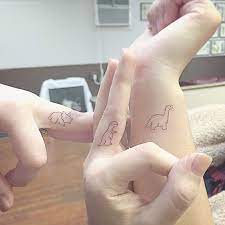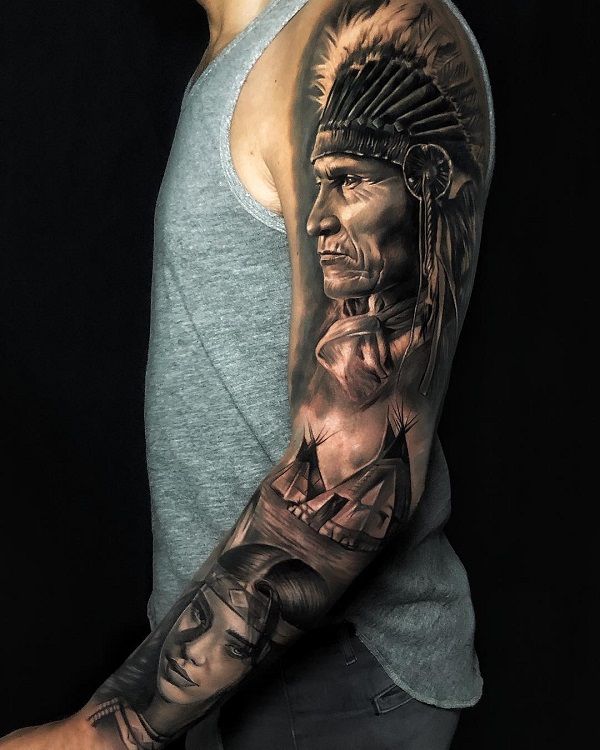
History of Japanese Tattooing
Japanese tattooing has a long history, starting from 720AD as a punishment for criminals. It later evolved into an art form during the Edo period in Japan. Woodblock printing became popular after the release of Suikoden in 1757, which depicted men with extravagant tattoo designs.
Origins of Tattooing in Japan
Tattooing in Japan dates back to at least the Jomon period, where cord-marked marks on figures served as tattoo marks. During this time, tattooing was used for ceremonial or status symbol purposes.
Tattoos During the Edo Period
During the Edo period (1603-1868 CE), Tattoos were seen as a form of punishment and decoration. Over time, more people accepted tattooing as a form of self-decoration. However, Tattoos became associated with yakuza groups, leading to a social stigma that still exists today.
Symbolic Meanings in Traditional Japanese Tattooing
Traditional Japanese Tattoos depict symbolic elements such as the hou-ou (phoenix), waves, flowers, dragons, and tigers. These designs reflect Japanese beliefs about nature, bravery, faithfulness, renewal, and existence.
The Art of Horimono
Horimono Tattoos were elaborate and meticulously detailed, worn by everyday Japanese citizens as a source of pride. They served as an art form in Kabuki theatre, novels, and other artistic expressions, characterized by subtlety compared to more outgoing Western tattoos. Horimono gained popularity alongside the rise of yakuza films.
Decline and Underground Practice of Horimono
With Japan’s opening to the outside world, the horimono fell out of fashion due to concerns about portraying barbarism. Japanese authorities banned tattooing, leading many Hiroshi (traditional tattoo artists) to go underground. They continued their work using bundled needles attached to bamboo rods for hand tattooing (tebori).
Bokkei: Appreciating Japanese Tattoos
While people outside of Japan admire Japanese tattoos, some believe getting one without understanding the culture would be disrespectful. Symbols like the koi fish, phoenix, and dragons hold rich meanings for native Japanese people. However, some individuals opt for Tattoos with no significant cultural significance.
The Yakuza and Tattoos
The Yakuza are organized criminal gangs involved in various illegal activities. Their unique tattoo designs have even inspired tattoo artists. Although Tattoos are illegal in Japan, Yakuza members hide them under clothing. Common Yakuza Tattoos include the peony flower, phoenix, and koi fish, symbolizing dignity, rebirth, triumph, good luck, and prosperity.
Yakuza Values and Principles
Unlike most American gangs, the Yakuza adhere to traditional Japanese values and follow a strict code of honor. Their principles, influenced by Buddhist and Confucian philosophies, emphasize discipline, courage, loyalty, integrity, and proper execution.

